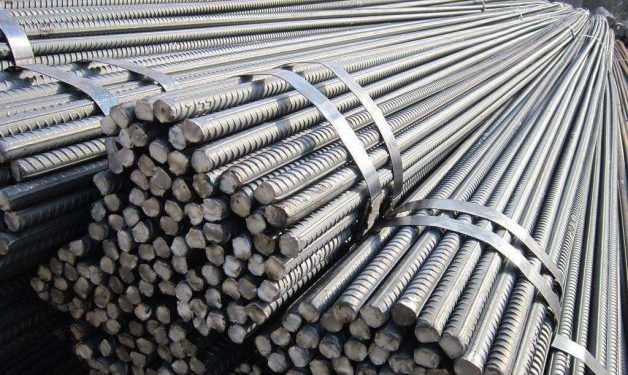Steel prices have risen globally by 30 percent in the last three months due to a decline in
production.
Due to Kenya’s reliance on raw material imports, primarily from China and India, as
well as the decreased worldwide output of steel, notably in China, the cost of
construction in Kenya has significantly increased.
It can also be attributed to other factors such as reduced capacity due to the COVID-19
pandemic, supply chain disruptions, and increased demand for steel in construction and
infrastructure projects as economies begin to recover.
Additionally, environmental regulations and government policies that are aimed at
reducing carbon emissions and promoting sustainability have also limited steel
production.
The increased prices can have a significant impact on the economy and various
industries that rely on steel such as construction, manufacturing, and infrastructure
development. It can also affect consumers as the cost of goods that are made from steel
will likely increase.
To address the issue, governments and steel producers may need to implement
measures to increase production and improve efficiency, such as investing in new
technology, promoting sustainable practices and alternative energy sources, and making
sure that the supply chains are stable.
Overall, the rise in steel prices is a reflection of the current market conditions and the
impact of various factors on the steel industry. As economies continue to recover, there
may be further changes in demand and supply which can affect the prices.
Additionally, the rise in steel prices can also have an impact on global trade as countries
that heavily rely on exporting steel may face challenges in being competitive in the
international market. It may also lead to trade tensions between countries as they try to
protect their domestic industries.
Another potential impact of the rise in steel prices is that it may lead to inflation, which
can negatively affect consumer purchasing power and economic growth. This is because
the increased cost of steel will likely be passed on to consumers through higher prices
for goods and services.
In order to mitigate the negative effects of the rising steel prices, governments and steel
producers may need to work together to find solutions such as increasing investment in
research and development for new technologies and alternative materials to reduce
dependence on steel. Companies may also need to explore ways to reduce costs and
improve efficiency in their operations.
Furthermore, it is important to keep in mind that the steel market is constantly
changing and that the prices may fluctuate depending on various factors such as
changes in demand, supply, and economic conditions. It is important to monitor the
situation closely and make adjustments as necessary.



